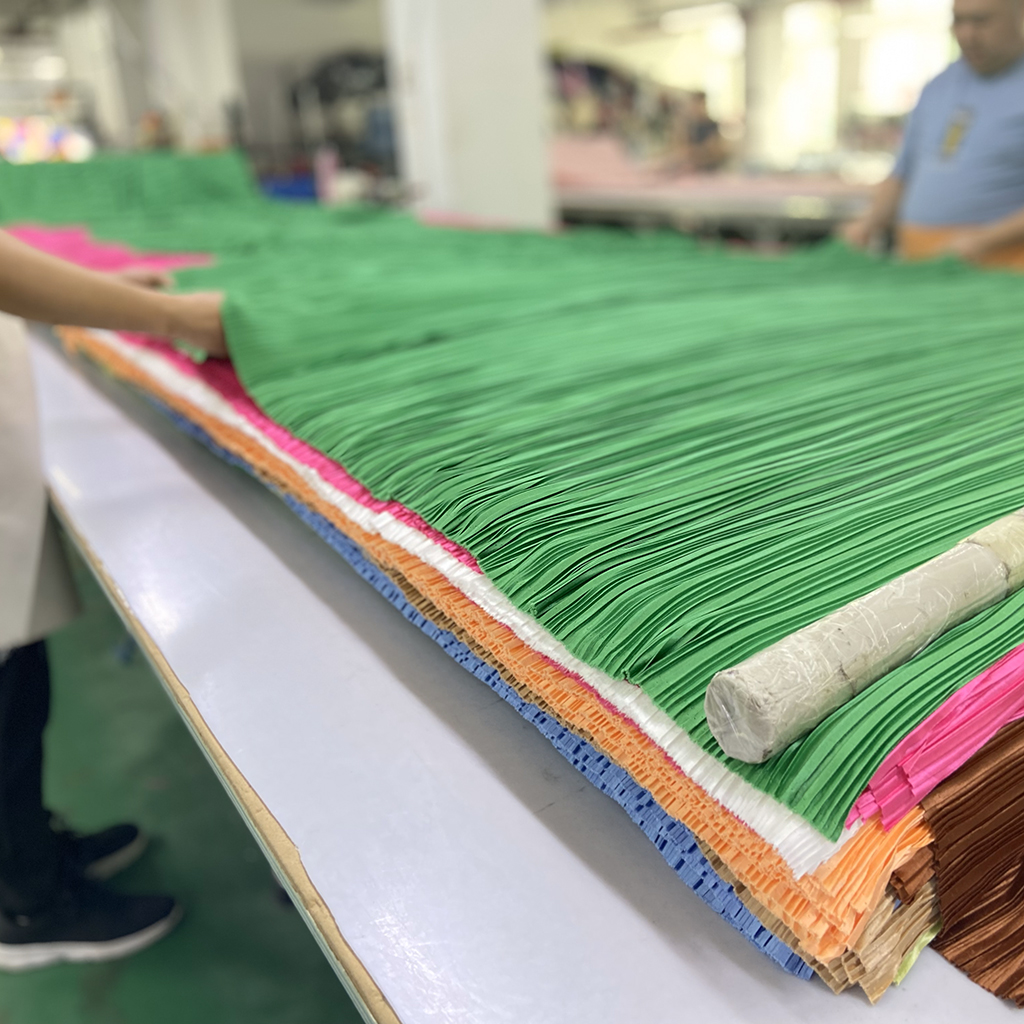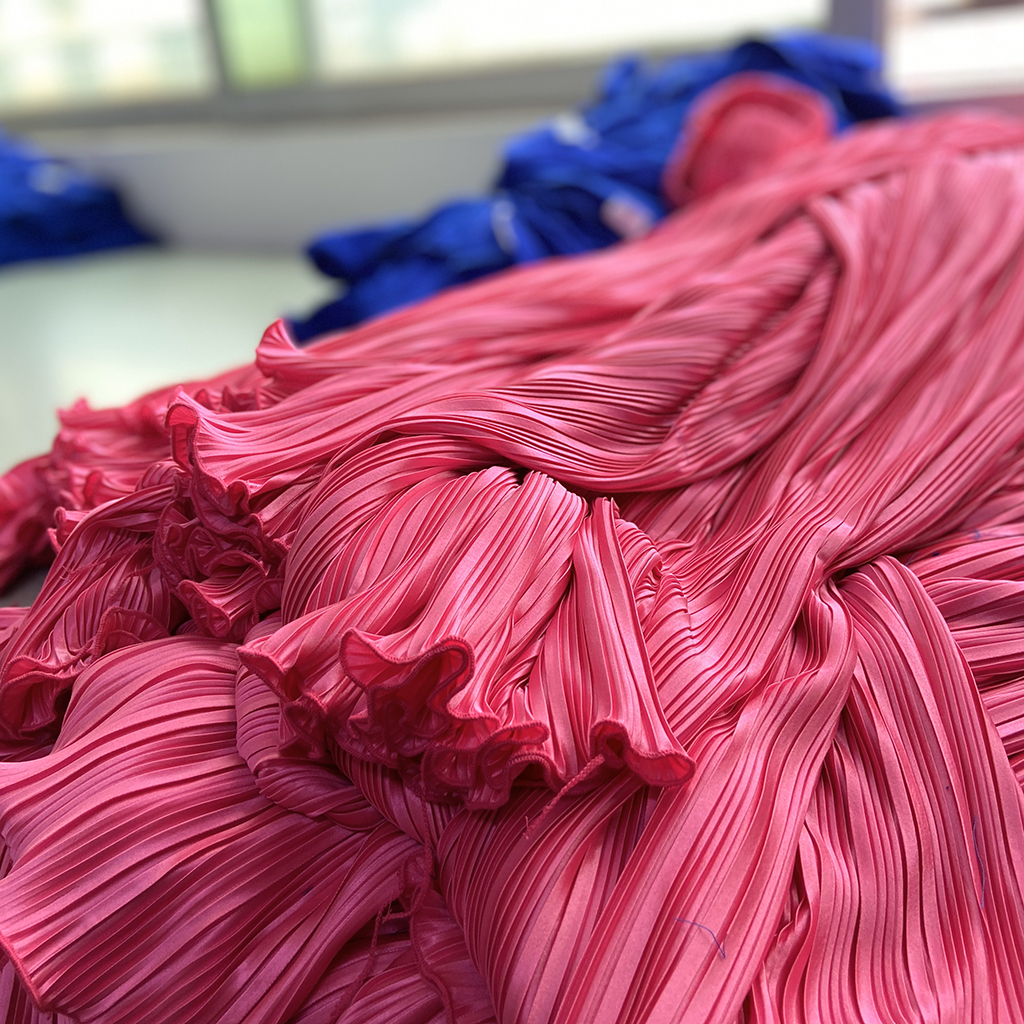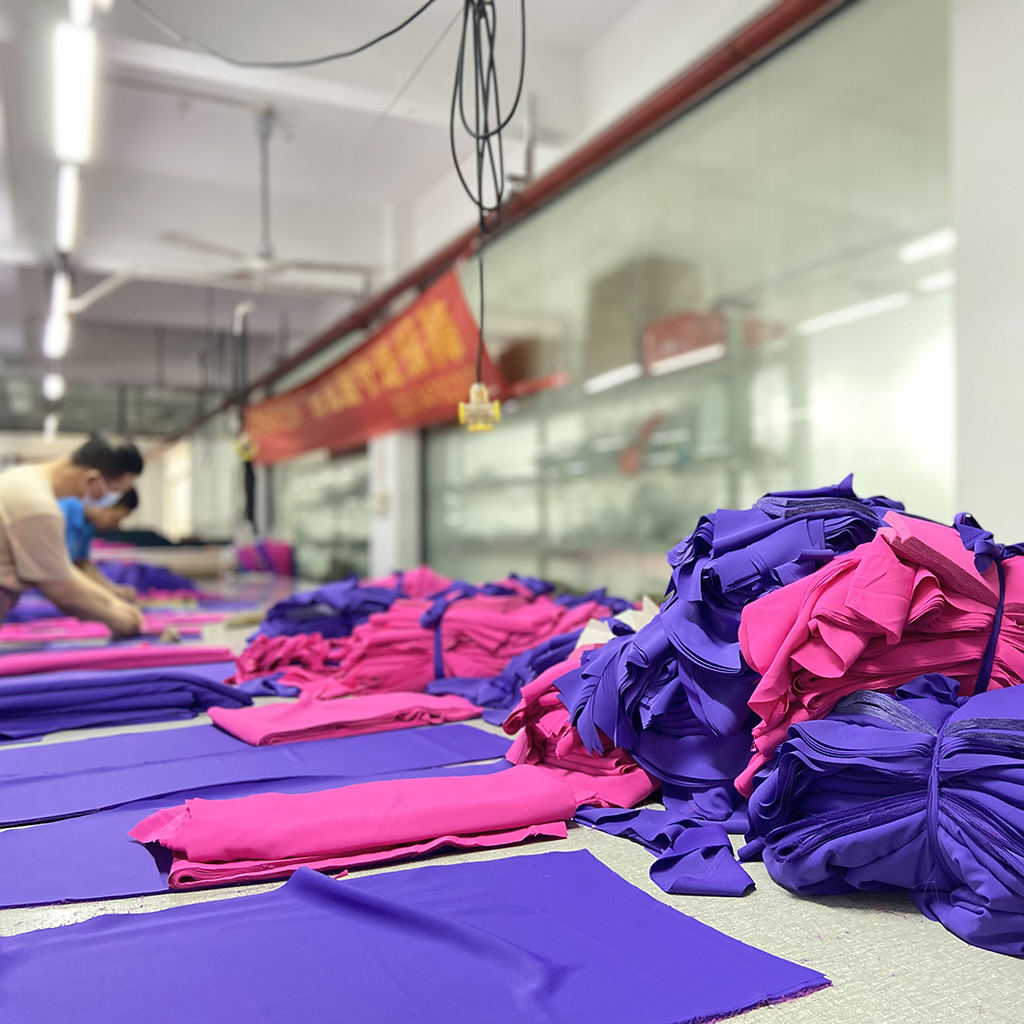Understanding Fabric Dyeing Techniques for Custom Women’s Clothing Brands
kno01052023-06
Fabric dyeing is a crucial aspect of the custom women’s clothing production process, as it influences the garment’s appearance, quality, and durability. As a professional cross-border women’s clothing manufacturer, we recognize the importance of utilizing appropriate fabric dyeing techniques to achieve the desired color and finish. In this blog post, we will discuss the basic principles of fabric dyeing, explore various dyeing methods, and provide tips for selecting the right dyeing technique for your custom women’s clothing brand.


Basic Principles of Fabric Dyeing:
Fabric dyeing involves the application of colorants to textile materials, such as fibers, yarns, or fabrics. The main components of the dyeing process include:
Colorant:
The substance that imparts color to the textile material. Colorants can be classified into two main categories: dyes and pigments.
Auxiliary Chemicals:
These chemicals are used to facilitate the dyeing process, such as fixing agents, leveling agents, and wetting agents.
Process Variables:
Factors such as temperature, time, and pH, affect the dyeing process and must be carefully controlled to achieve the desired results.
Common Fabric Dyeing Methods:
There are various dyeing methods used in the textile industry, each with its unique characteristics and applications:
Direct Dyeing:
In this method, the fabric is immersed in a dye bath containing the colorant and auxiliary chemicals. This is suitable for natural fibers like cotton, linen, and silk.
Reactive Dyeing:
Reactive dyeing involves forming a covalent bond between the dye and the fiber, resulting in excellent colorfastness. This method is commonly used for cotton and other cellulose-based fibers.
Acid Dyeing:
Acid dyes are used to color protein-based fibers, such as silk and wool. This process involves the use of acidic conditions to facilitate the dye uptake.
Disperse Dyeing:
This method is used for dyeing synthetic fibers, such as polyester and nylon. Disperse dyes are finely ground and require high temperatures for effective dyeing.
Pigment Dyeing:
Pigment dyeing involves the application of pigment particles to the fabric surface, using a binder to adhere the pigment to the fabric. This method is suitable for a wide range of fabrics but may have lower colourfastness compared to other dyeing methods.


Selecting the Right Dyeing Technique:
To choose the appropriate dyeing technique for your custom women’s clothing brand, consider the following factors:
Fabric composition:
The type of fiber in your fabric will determine the most suitable dyeing method, as different fibers have different dye affinities.
Colorfastness requirements:
Consider the desired colorfastness of your garments, such as resistance to washing, sunlight, and perspiration, to select a dyeing method that meets these requirements.
Environmental impact:
Some dyeing methods have a higher environmental impact, due to factors such as water consumption, energy use, and chemical discharge. Opt for more sustainable dyeing techniques whenever possible.
Budget constraints:
The cost of different dyeing methods can vary significantly, so consider your budget when making your decision.
Understanding fabric dyeing techniques is essential for custom women’s clothing brands, as it influences the garment’s appearance, quality, and durability. By considering the factors discussed in this blog post and selecting the right dyeing method, you can create beautiful, high-quality, and long-lasting garments that cater to the needs and preferences of your target audience. As a professional women’s clothing manufacturer, we are dedicated to assisting our clients in making informed decisions about fabric dyeing and providing expert guidance throughout the design and production process.
Google: D&J Fashion Manufacturer
Leave us a Google Review
Facebook: dnjfashionofficial
Instagram: dnj_fashion_official
Linkedin: D&J Garment Manufacturing and Supply Chain
Pinterest: dnjfashion
Youtube: @dnjfashion_official
Tik Tok: @dnj_fashion

